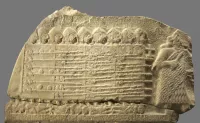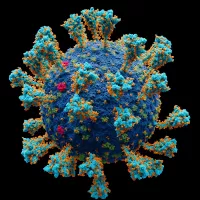The shamrock, a symbol of Ireland, is a young clover often associated with Saint Patrick. Legend states that he used the shamrock's three leaves to explain the Christian Holy Trinity. The name "shamrock" itself derives from the Irish word "seamróg," meaning "young clover."
1921: Shamrock and the Irish Military
Following the partition of Ireland in 1921, the shamrock continued to hold significance for both Northern and Southern Irish soldiers in the British Army. This tradition, initiated by Queen Victoria, honors the bravery of Irish soldiers in the Boer War.
1969: Shamrock Diplomacy Begins
Starting in 1969, a tradition was established of presenting the President of the United States with a bowl of shamrocks in a special Waterford Crystal bowl, featuring a shamrock design. This gesture, signifying goodwill between Ireland and the U.S., takes place annually on St. Patrick's Day.
1985: Ireland Wins Trademark Case for Shamrock
In 1985, Ireland won a legal battle in the German Supreme Court, securing their trademark rights to the shamrock as a national symbol. This victory followed an initial loss and involved high-level representation, including then-Taoiseach Charles Haughey.
1988: Second Botanical Survey on Shamrock
In 1988, E. Charles Nelson, Director of the Irish National Botanic Gardens, conducted a botanical survey to determine the plant species commonly considered "shamrock" in Ireland.
Mentioned in this timeline

War is defined as an armed conflict involving the organized...

A supreme court the court of last resort in many...
Trending
30 days ago Rashee Rice Limited in Practice; Mahomes Full Participant Before Chiefs-Cowboys Game

21 days ago Tim Allen Returns to Stand-Up: Fresno Performance at Warnors Theatre Announced

7 months ago Bryan Mbeumo transfer battle: Manchester United, Arsenal, and Newcastle vie for signature.

8 months ago Maury Povich reflects on media; Connie Chung honored and encouraged to write memoir.

COVID- testing is essential for identifying SARS-CoV- infections and tracking the pandemic Two primary types exist molecular tests detect the...

24 days ago Joseph Quinn's 'Stranger Things' impact, 'Master of Puppets' fame, and 'Pillion' BIFA win.
Popular

Tucker Carlson is an American conservative political commentator known for...

XXXTentacion born Jahseh Dwayne Ricardo Onfroy was a controversial yet...

Ben Shapiro is a prominent American conservative political commentator media...

Candace Owens is an American conservative political commentator and author...

William Franklin Graham III commonly known as Franklin Graham is...

Ursula Gertrud von der Leyen is a prominent German politician...